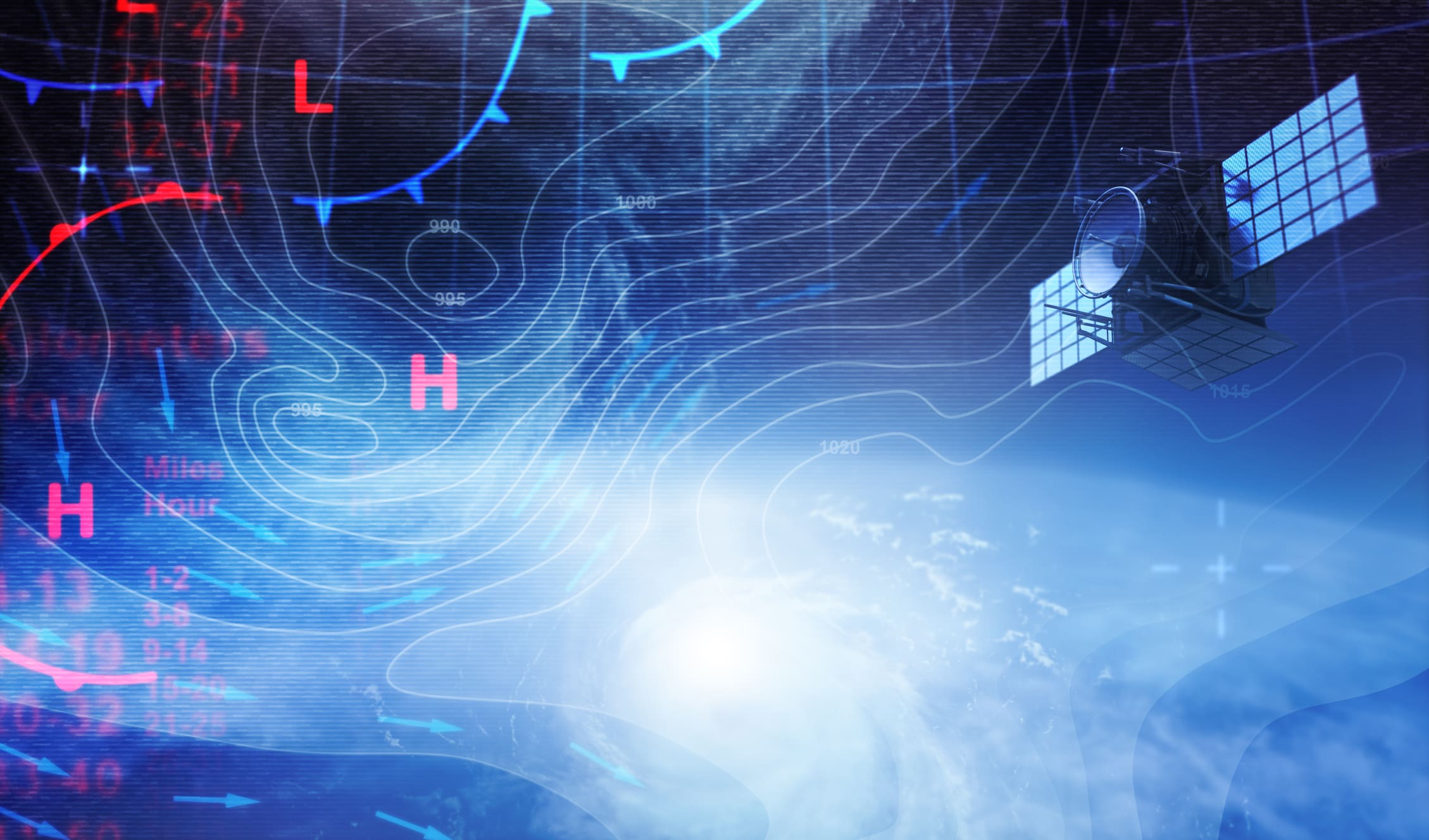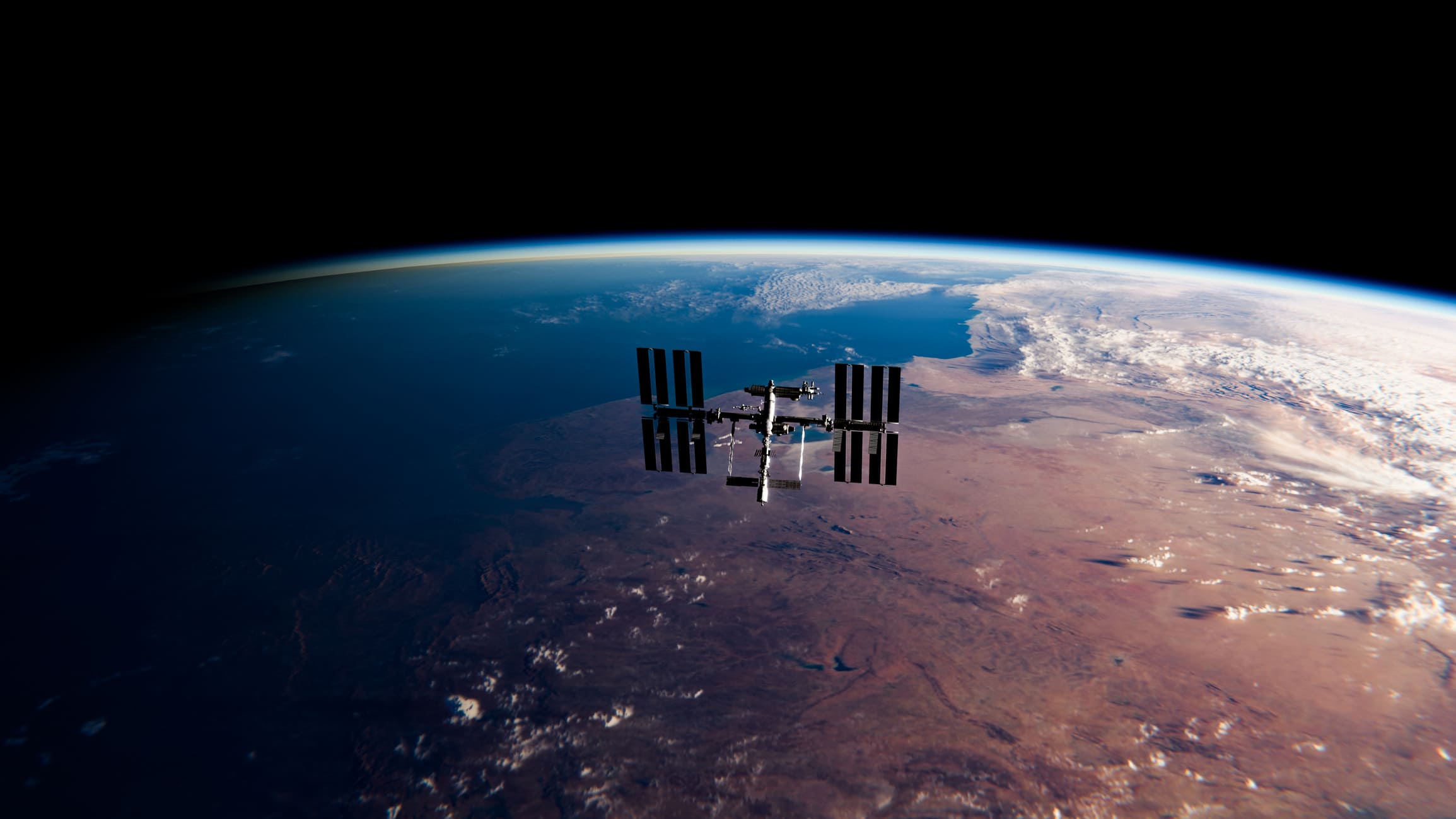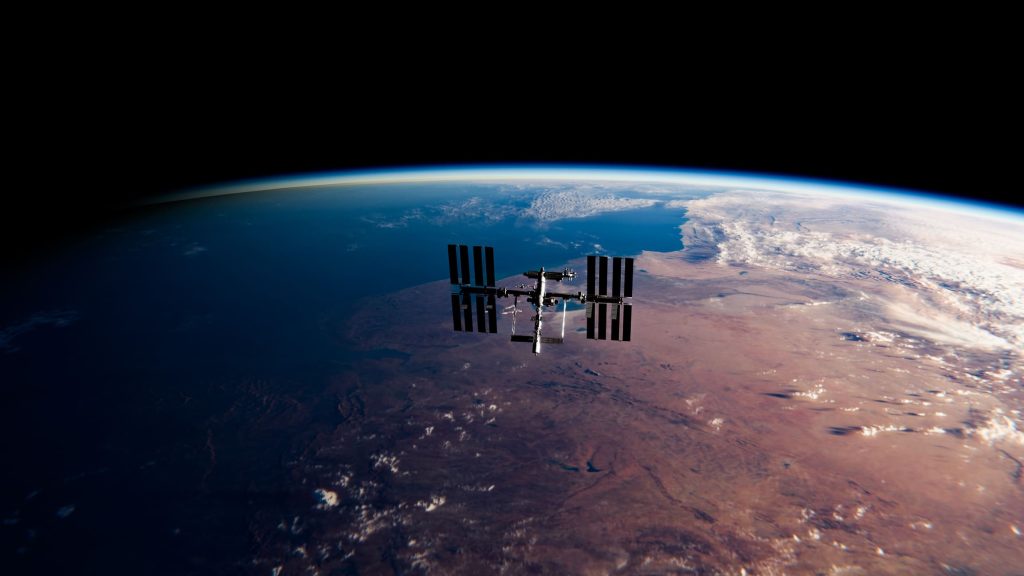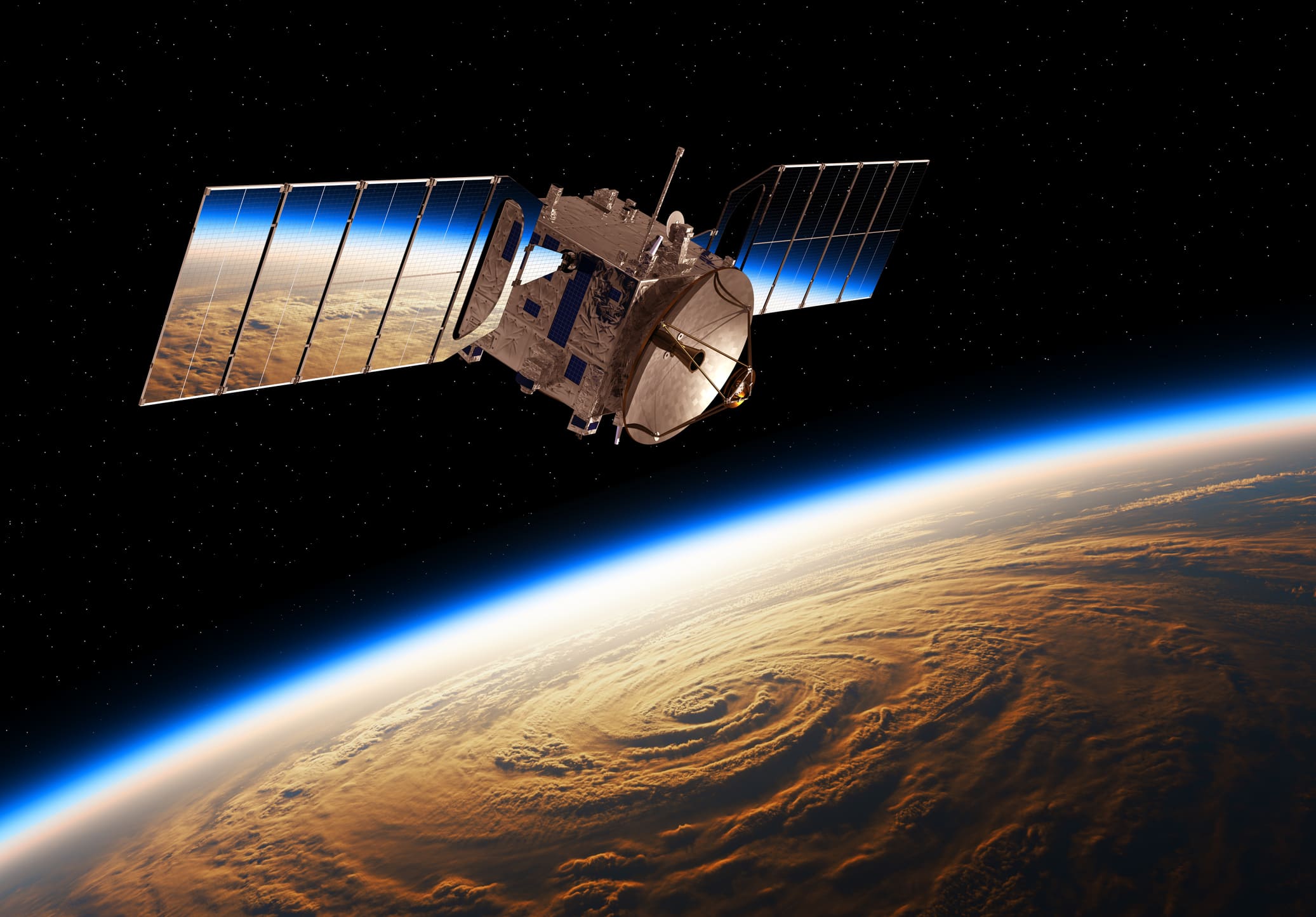With our help, the Bureau of Meteorology (the Bureau) developed a visionary Space Weather Roadmap to uplift their internal space weather capability, and increase their knowledge, awareness, and understanding of space weather and its impacts on modern technology.
Coras worked hand-in-glove with the NSSP team in the Bureau’s Business Services Group (BSG). Our close collaboration enabled us to understand their pinch points, ambitions, and limitations.
We also supported NSSP to consult widely with a number of different internal and external agencies to socialise the Roadmap and its purpose.
This collaboration, using an inclusive and deliberate whole-of-government approach enabled the Roadmap to capture the widespread equities and interests of space weather interested stakeholders (ranging from federal and state governments, to industry, academia, Defence, telecommunications, and other space weather adjacent sectors).






To develop the Roadmap, the Bureau needed to bring together a range of stakeholders to detect their level of maturity and awareness, and determine key activities to improve the resilience and responsiveness of space weather dependent stakeholders to a future event.
NSSP were tasked with uplifting the Bureau’s internal space weather capability, and simultaneously building resilience in these same stakeholders to ensure that there was sufficient burden sharing arrangements in the fact of an event, and adequate proactivity in developing preparedness for Solar Cycle 25 (projected for July 2025).
This was challenging as the Bureau’s stakeholders were wide-ranging and had significantly variable remits and capabilities. We came in to bring all relevant players together, and identify the best approach forward to tackling the shared challenge of a significant space weather event.
We assembled a small team of experienced and trusted consultants to conduct consultation within NSSP and BSG stakeholders to understand the current landscape of the space weather capability, and determine their future objectives and vision for the Space Weather Roadmap.
Our engagement involved facilitating workshops, conducting one-on-one interviews, and offering close and consistent communication and reporting to BSG. The team also diagnosed the Bureau’s appetite for transforming its space weather capability, taking stocktake of the current projects and program, portfolio remit and responsibilities, and legislative obligations of the agency.
Our Coras team delivered:
- The 2023-33 Bureau of Meteorology Space Weather Roadmap, including consultation up to the General Executive level, accompanied with a fold-out pamphlet to aid discussions
- project monitoring tools to support NSSP in its own project management and risk management of the Roadmap’s activities over the decade, and
- an updated User Needs Analysis Report that captured the equities and interests of internal and external stakeholders, and supported the direction for future engagement and successful implementation of key projects.




The Roadmap clearly detailed the focus areas, projects, and activities required to support the Bureau’s space weather resilience out to 2033.
The Roadmap also provided a guide to ongoing space weather transformation activities to support the Bureau in positively shifting the impact and value it delivers to the Australian Government, industry partners, academia, and international stakeholders.




